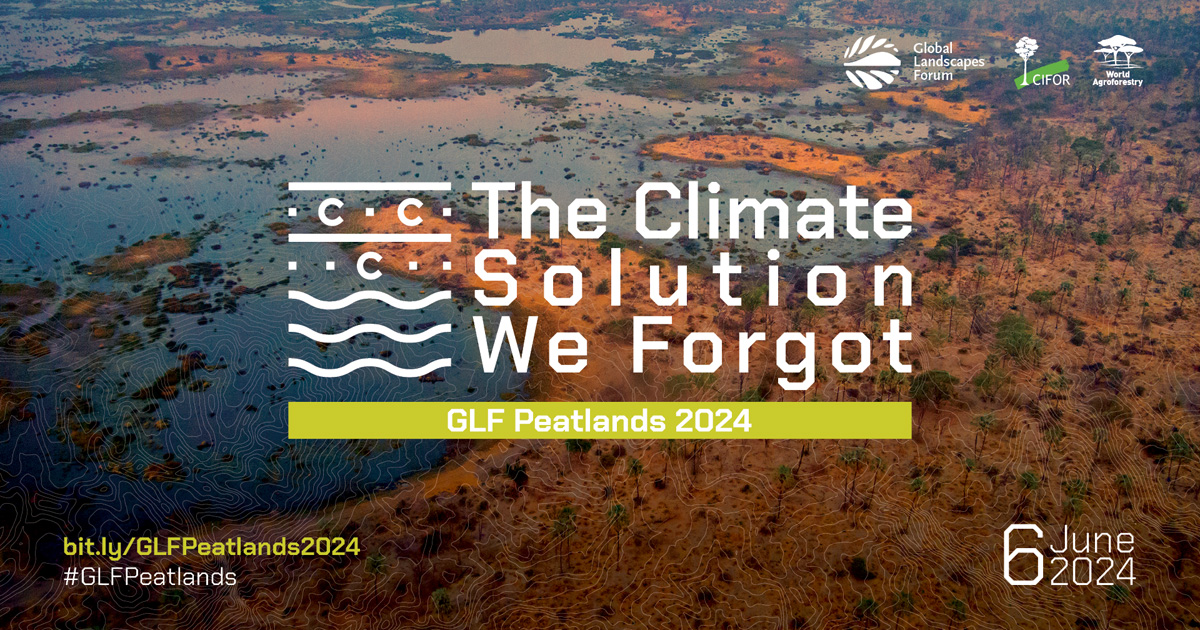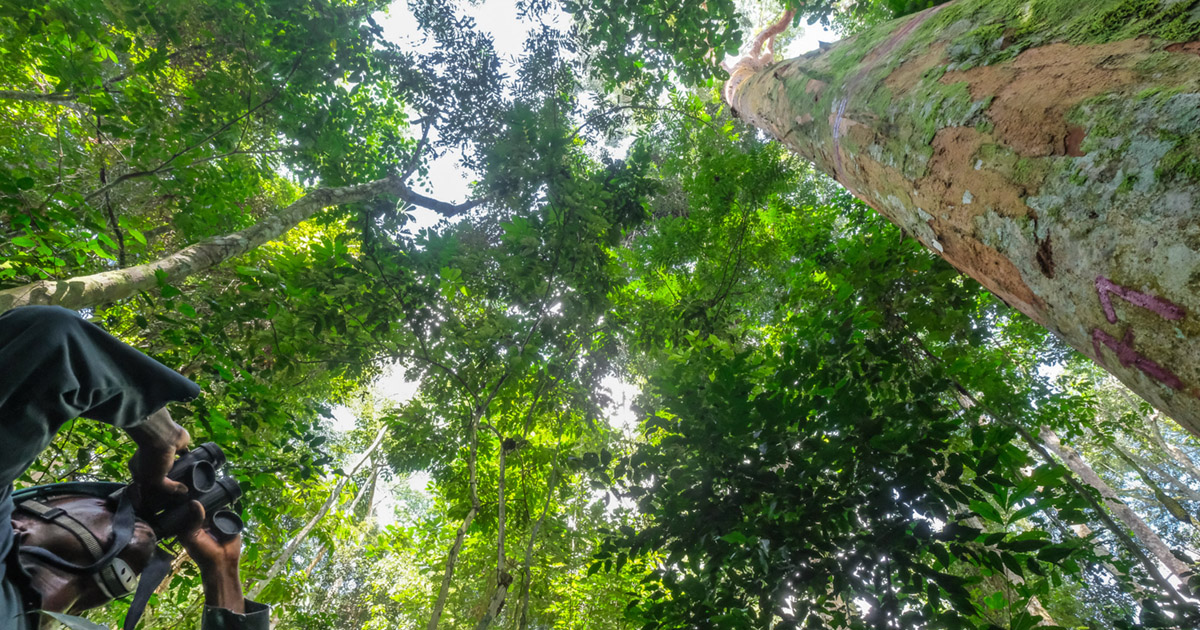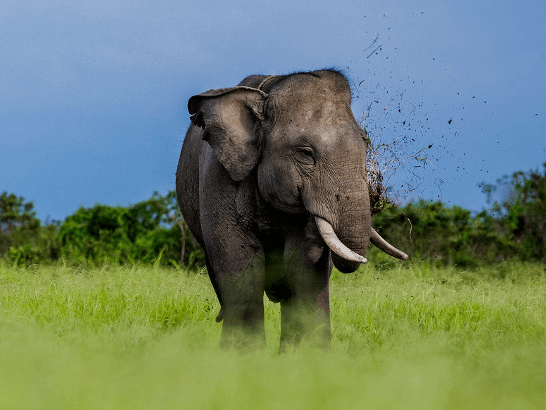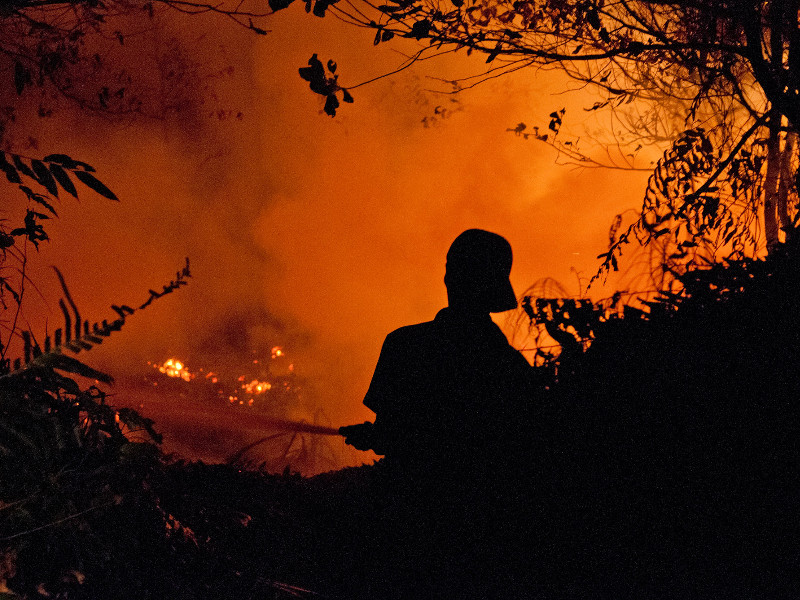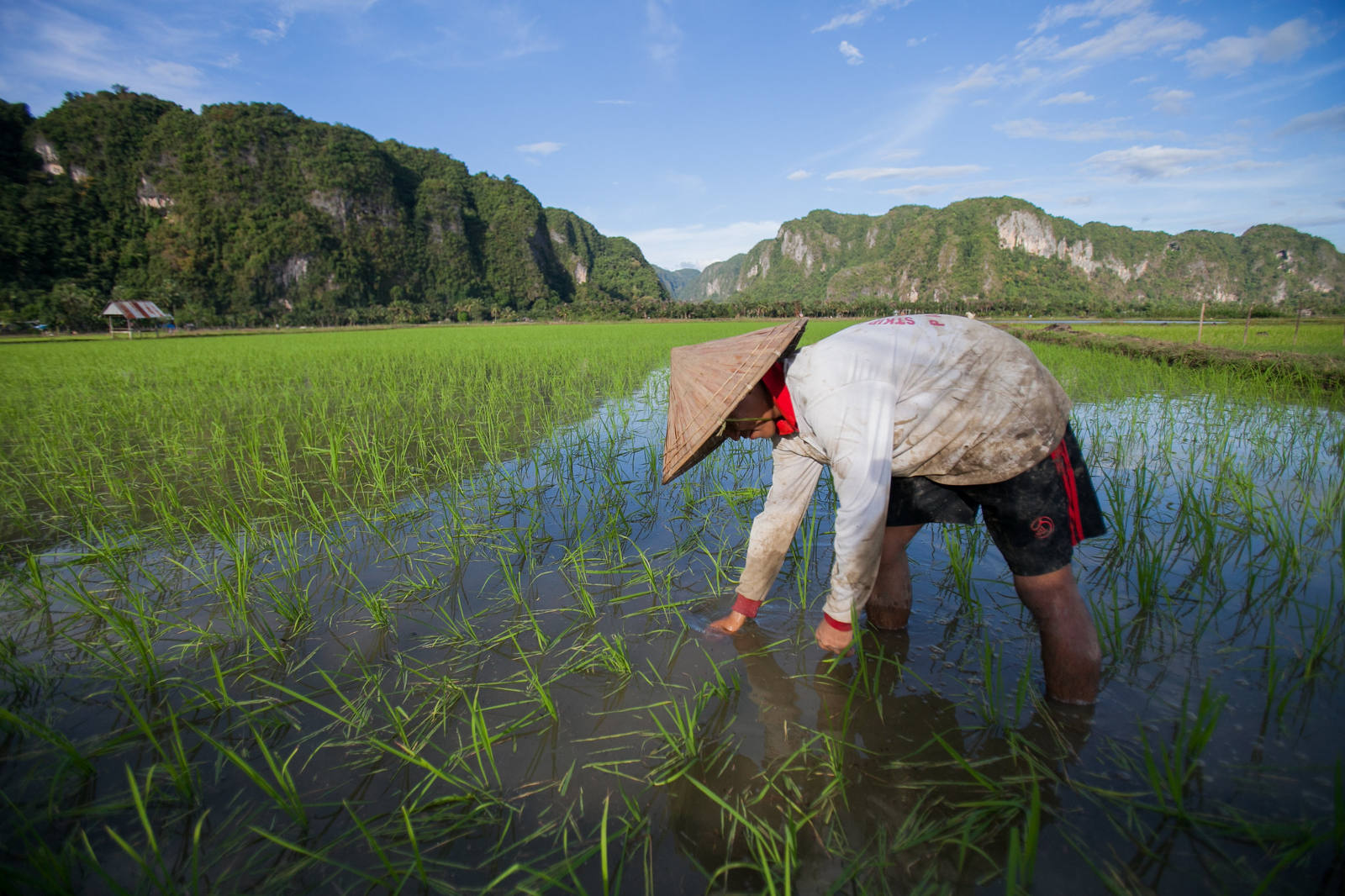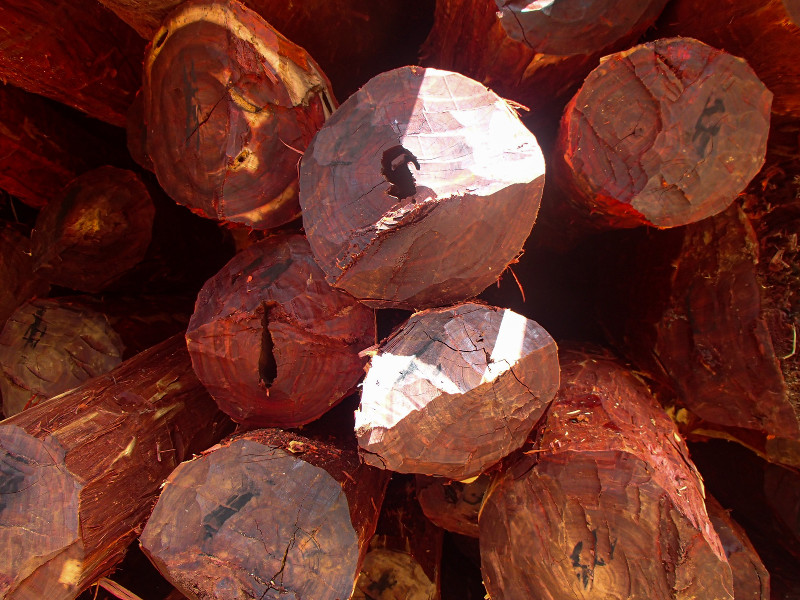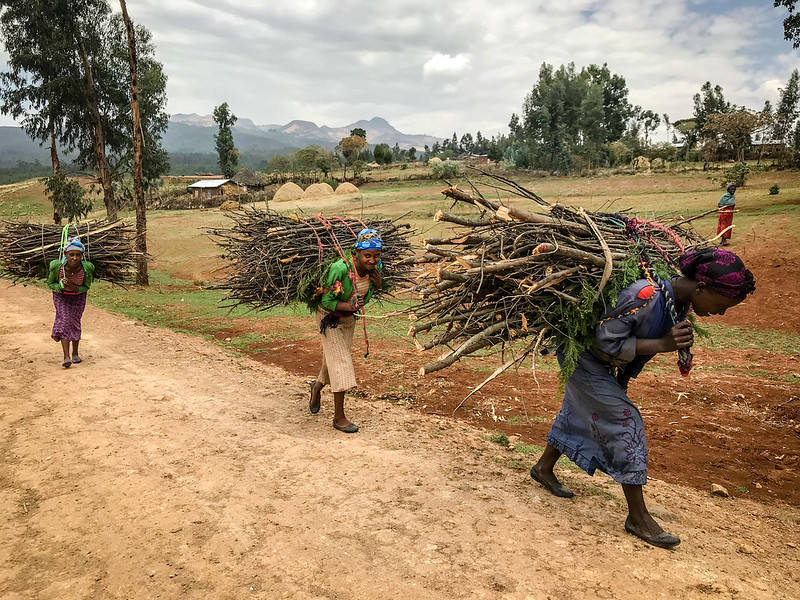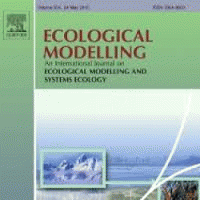The interaction between land-use change and the sustainability of hunting is poorly understood but is critical for sustaining hunted vertebrate populations and a protein supply for the rural poor. We investigated sustainability of hunting in an Amazonian landscape mosaic, where a small human population had access to large areas of both primary and secondary forest. Harvestable production of mammals and birds was calculated from density estimates. We compared production with offtake from three villages and used catch-per-unit-effort as an independent measure of prey abundance. Most species were hunted unsustainably in primary forest, leading to local depletion of the largest primates and birds. The estimated sustainable supply of wild meat was higher for primary (39 kg center dot km(-2) center dot yr(-1)) than secondary forest (22 kg center dot km(-2) center dot yr(-1)) because four species were absent and three species at low abundance in secondary forests. Production of three disturbance-tolerant mammal species was 3 times higher in secondary than in primary forest, but hunting led to overexploitation of one species. Our data suggest that an average Amazonian smallholder would require >= 3.1 km(2) of secondary regrowth to ensure a sustainable harvest of forest vertebrates. We conclude that secondary forests can sustainably provide only 2% of the required protein intake of Amazonian smallholders and are unlikely to be sufficient for sustainable hunting in other tropical forest regions.
DOI:
https://doi.org/10.1111/j.1523-1739.2009.01224.x
Altmetric score:
Dimensions Citation Count:




